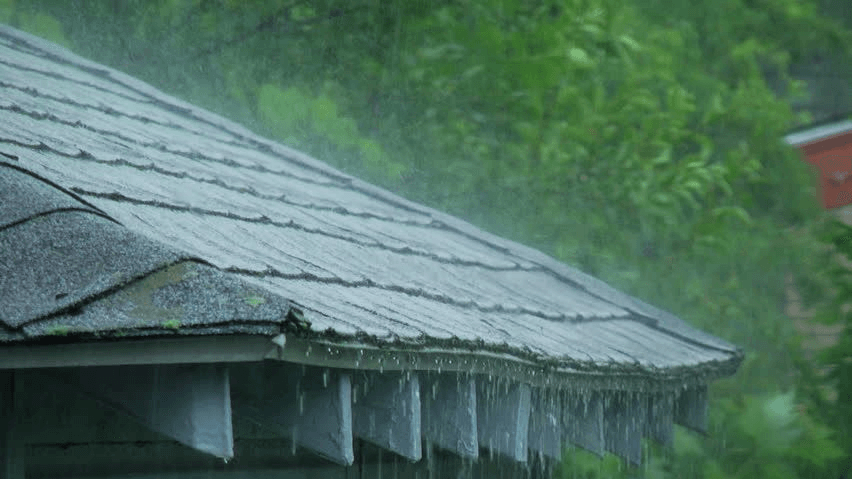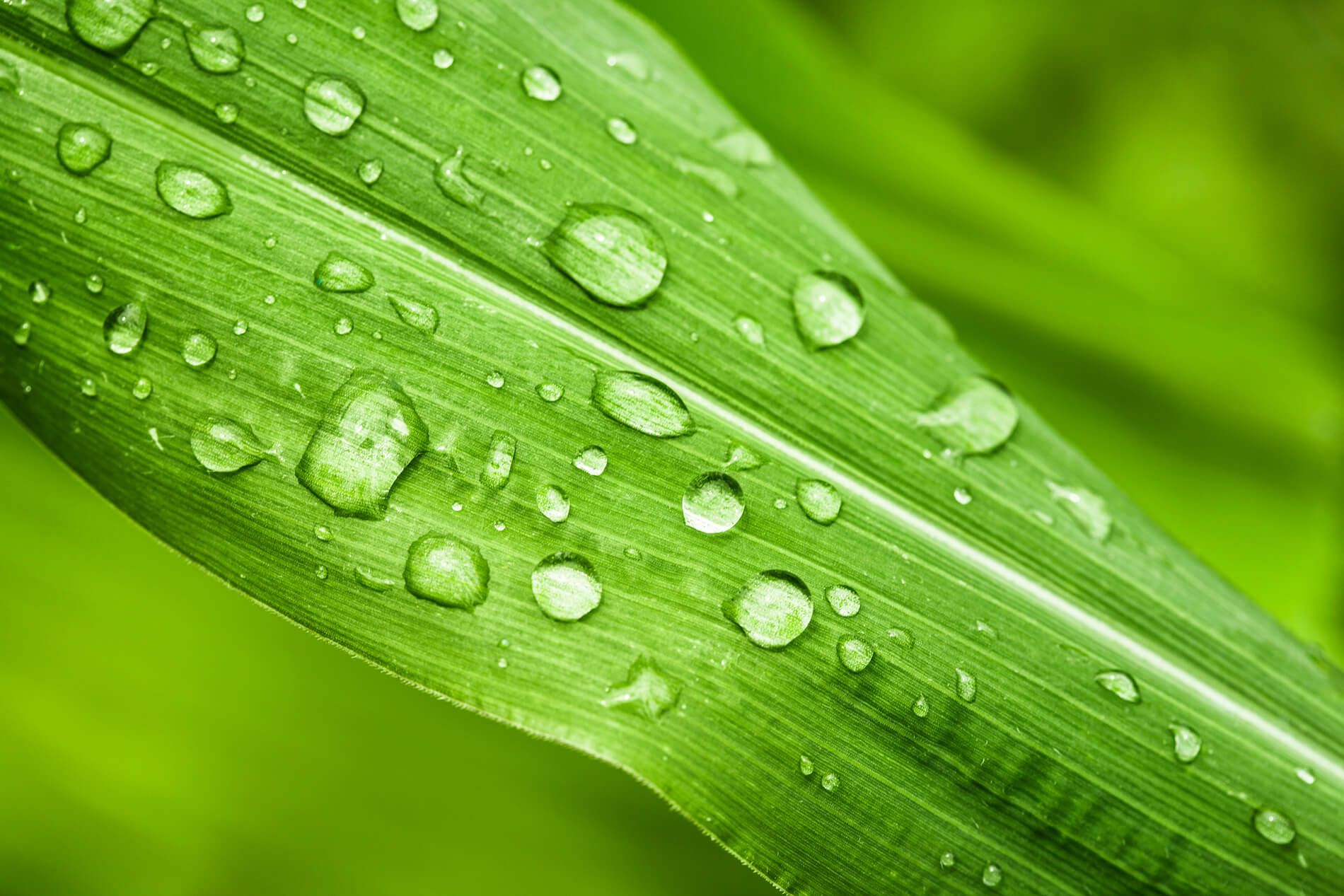
“
Delicate and pervasive, drizzle is a phenomenon of nature that often goes unnoticed amidst more dramatic weather events. Yet, its subtle presence and gentle touch play a crucial role in our environment. In this exploration of educational drizzle facts, we delve into the intricacies of this light rain phenomenon, uncovering its unique characteristics, impacts, and cultural significance. Join us as we unravel the secrets of drizzle, from its formation in the clouds to its effects on landscapes and beyond. Discover how drizzle enriches our understanding of weather and enhances our connection to the natural world.1
1
”
Drizzle is characterized by light rain with very small water droplets, typically measuring less than 0.5 mm in diameter. This gentle form of precipitation is often misty and can create a soft, soothing sound when it falls. 1
Drizzle can occur during both warm and cold weather, but it's most common in cooler months. This is because the atmospheric conditions needed for drizzle often align with stable air masses. The presence of low clouds or fog can lead to prolonged drizzle events. 2
The term "drizzle" is often used in weather forecasts to indicate light rain, generally less than 0.1 inches per hour. This distinction helps people prepare for milder weather conditions compared to heavier rain forecasts. 3
Drizzle can have a significant impact on ecosystems, providing much-needed moisture to plants and soil. Many plants benefit from light, consistent moisture that allows for better nutrient absorption. 4

The genesis of drizzle unfolds like a ballet of cloud particles and atmospheric currents, where minute droplets emerge from low-hanging clouds, a symphony of moisture in graceful motion.
Drizzle can have a significant impact on ecosystems, providing much-needed moisture to plants and soil. Many plants benefit from light, consistent moisture that allows for better nutrient absorption. 5
Animals often adapt their behavior in response to drizzle. Birds may take advantage of the moisture to forage for insects that become more active in damp conditions. Small mammals often seek shelter but may also benefit from the increased availability of water.6
Drizzle can affect driving conditions, making roads slippery due to accumulated moisture. While it generally poses less risk than heavy rain, drivers should remain cautious. Reduced visibility from fog and mist can be a concern during drizzle. 7
The longest recorded drizzle lasted for 46 consecutive days in 2003 in the city of Seattle, Washington. This record highlights the persistent nature of drizzle, which can create a damp and gray environment. 8
Drizzle is often found in coastal areas, where humidity and temperature differences create ideal conditions. The interaction between the ocean and land can lead to frequent light rain, especially in regions like the Pacific Northwest. 9
The impact of drizzle on clothing choices is noteworthy; people often opt for lightweight rain jackets or umbrellas. While drizzle may not warrant heavy rain gear, being prepared can enhance comfort. Fashion trends often adapt to accommodate the unpredictability of drizzle. 10
Drizzle plays a role in urban environments, affecting how cities manage water runoff. Urban planners consider the effects of drizzle when designing drainage systems to prevent flooding. While drizzle may seem minor, its cumulative effect can lead to significant water management challenges.11
The effects of drizzle on soil moisture can lead to improved agricultural yields. Farmers often rely on light, consistent moisture to sustain crops without the damaging effects of heavy rain. Drizzle can help maintain optimal soil conditions, promoting healthy growth. 12

Nurturing crops with a gentle touch, drizzle provides essential moisture without the erosive force of heavy rain, offering a blessing to fields and gardens in need of delicate care.
Drizzle can lead to unique atmospheric phenomena, such as fog and mist, which can enhance visibility challenges. These conditions can create picturesque landscapes but may also complicate travel and outdoor activities.13
Drizzle is a crucial factor in the water cycle, replenishing groundwater supplies and sustaining ecosystems. Even light precipitation can significantly contribute to local water tables over time. This slow, steady moisture is vital for maintaining streams and rivers, especially in drier regions.14
The sound of drizzle is often considered a natural white noise, promoting relaxation and sleep. Many people use recordings of rain sounds to aid in falling asleep or concentrating on tasks. This soothing effect has led to the popularity of rain-themed soundscapes in wellness practices.15
Animals that thrive in drizzly conditions, such as amphibians, often exhibit unique adaptations. Frogs and salamanders rely on moist environments for reproduction and survival, making drizzle essential. 16
Drizzle can lead to interesting cultural practices and festivals, celebrating rain and its significance. In some regions, people hold events to honor the arrival of seasonal rains, incorporating music and dance.17
Drizzle has been scientifically studied for its effects on mental health, with findings suggesting it can improve mood. The gentle sound and calming ambiance create a conducive environment for relaxation. 18


